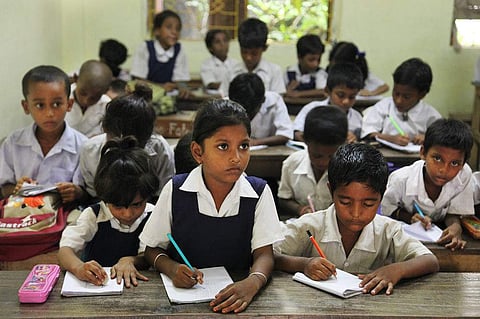

Unlike many other States, the state of education of girls is very bright in West Bengal.
While in government schools, the number of girls enrolled is more than the number of boys, in the case of private schools, the ratio is a very encouraging 50:50.
This is as per data in the Union Human Resource Development Ministry report, 'Educational Statistics at a Glance 2018', for enrolment in schools from classes I to XII in the school year 2015-16 (the latest data available).
In achieving these results, schemes like Kanyashree and Sabuj Sathi, both of which were conceived by the visionary Chief Minister of Bengal, Mamata Banerjee, have played a big role.
This is the view of not just the State Government but of many people, including experts linked to education.
While the Kanyashree Scheme provides financial compensation through direct benefit transfer (DBT) to girls for attending school till class XII (extended to postgraduates last year), the Sabuj Sathi Scheme provides every government school student from classes IX to XII a bicycle for commuting to and from school.
Both the schemes have been feted at various international and national forums. The effect of both Kanyashree and Sabuj Sathi has been empowerment through education. Education is making girls aware of their rights and is helping them become economically self-sufficient.
The result is a significant decrease in child marriage and leaving school midway. There has also been a good rise in the enrolment of girls in schools. No longer do families, especially in rural areas, consider educating girls a chore, but rather a necessity.
